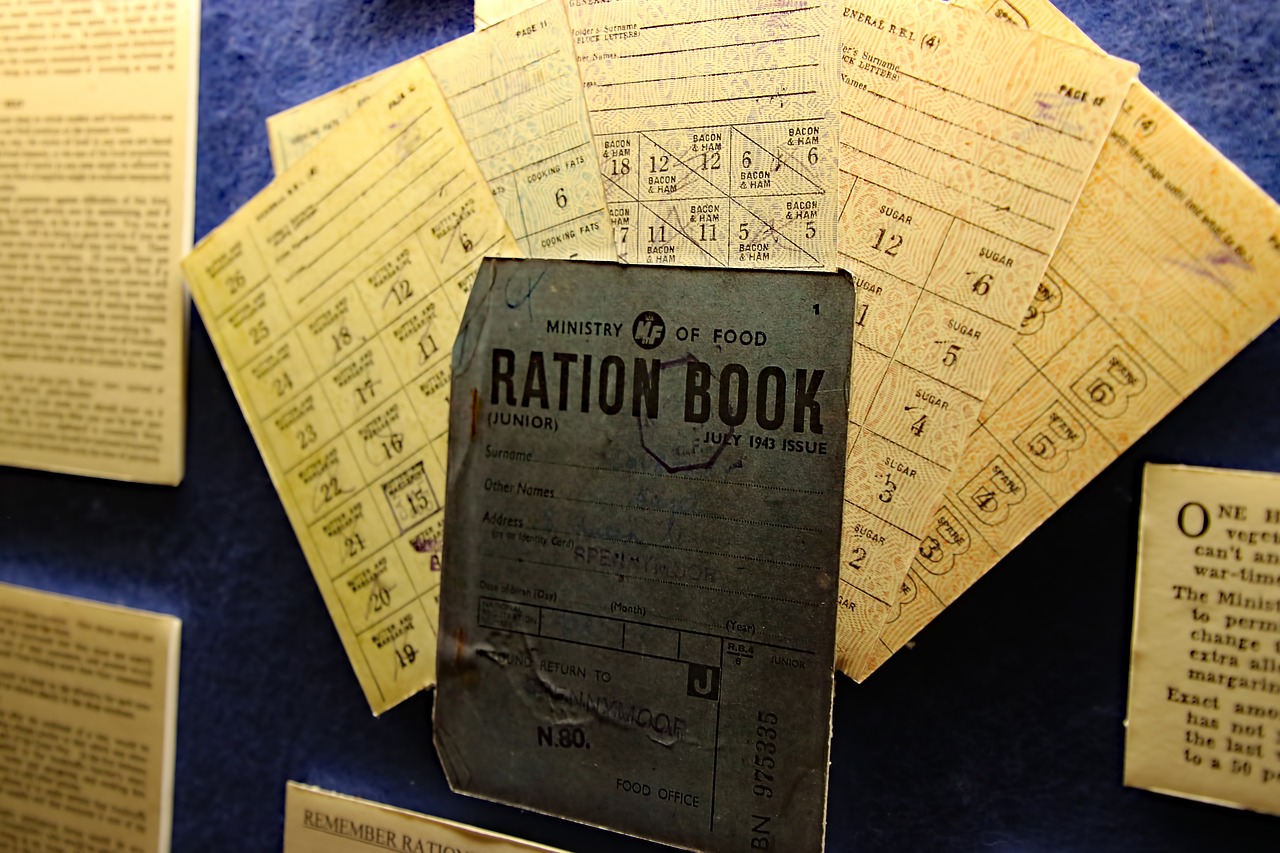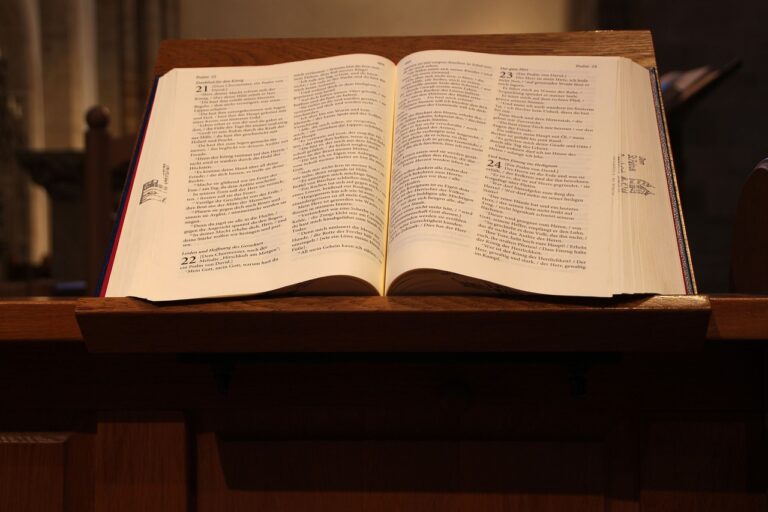Addressing Bias in Educational Assessments: Betbook250 login, Reddybook id, Playlotus365
betbook250 login, reddybook id, playlotus365: Bias in educational assessments hinders the accuracy and fairness of evaluating students’ knowledge and abilities. Addressing bias in assessments is crucial to ensuring that all students have an equal opportunity to demonstrate their true potential. In this article, we will discuss why bias in assessments occurs and provide practical strategies to mitigate bias in educational assessments.
Understanding Bias in Educational Assessments
Bias in educational assessments can manifest in various ways, such as cultural biases, gender biases, and language biases. Cultural biases occur when assessment questions or tasks are designed in a way that favors certain cultural groups over others. Gender biases can influence the way questions are framed, leading to unfair advantages or disadvantages for male or female students. Language biases can present challenges for students who are not proficient in the language in which the assessment is conducted.
These biases can impact students’ performance, leading to inaccurate assessments of their knowledge and abilities. It is essential to address bias in educational assessments to ensure that all students have an equal opportunity to demonstrate their skills and knowledge.
Strategies to Mitigate Bias in Educational Assessments
1. Diversify assessment methods: Use a variety of assessment methods, such as multiple-choice questions, essays, and project-based assessments, to accommodate different learning styles and preferences.
2. Review assessment materials for bias: Before administering an assessment, review the questions and tasks to identify any potential biases based on cultural, gender, or language factors. Modify or remove biased items to ensure fairness.
3. Provide clear instructions: Clearly communicate the expectations and requirements of the assessment to all students to reduce confusion and anxiety, which can impact performance.
4. Use inclusive language: Avoid using language that may be exclusive or discriminatory towards certain groups of students. Use inclusive language that is accessible to all students.
5. Allow for accommodations: Provide accommodations for students with disabilities or special needs to ensure they have an equal opportunity to demonstrate their knowledge and abilities.
6. Train assessors: Provide training to assessors on recognizing and mitigating bias in assessments to ensure fair and accurate evaluations of student performance.
By implementing these strategies, educators can work towards reducing bias in educational assessments and creating a more equitable and inclusive learning environment for all students.
FAQs
Q: How can educators ensure that assessments are culturally unbiased?
A: Educators can ensure that assessments are culturally unbiased by reviewing assessment materials for cultural biases, using diverse examples and scenarios that reflect a range of cultural perspectives, and involving students in the assessment development process to provide feedback on culturally relevant content.
Q: What role do standardized tests play in perpetuating bias in assessments?
A: Standardized tests can perpetuate bias in assessments by favoring certain cultural or socioeconomic groups over others, as they may not accurately reflect the diverse backgrounds and experiences of all students. Educators should supplement standardized tests with other assessment methods to provide a more comprehensive and equitable evaluation of student performance.
In conclusion, addressing bias in educational assessments is essential for promoting fairness and accuracy in evaluating students’ knowledge and abilities. By implementing strategies to mitigate bias and promote inclusivity, educators can create a more equitable learning environment for all students.







